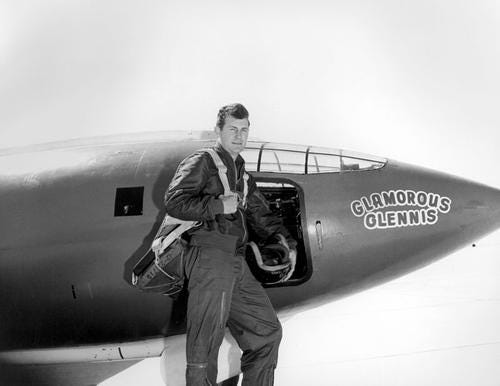A Look at NASA's Fabled X-Planes
August 3, 2016

Originally known as the XS-1 (the “S†stood for supersonic), the famed Bell X-1 made its first flight in 1946, then broke the sound barrier in ‘47. Nicknamed Glamorous Glennis by pilot Chuck Yeager, it hit 700 mph at 45,000 feet. The event was historic because scientists and engineers at the time believed that sound waves would become severe and unpredictable at Mach 1. No aircraft, they said, could survive them. As described in Tom Wolfe’s The Right Stuff, test pilots of the era demanded bonuses of up to $150,000 just for attempting the feat. Yeager, however, lit up the record books and broke the so-called barrier on October 14, 1947, for his captain’s pay of $283 a month.(Source: NASA)
The National Aeronautics and Space Administration's fabled X-plane series gained a new family member in June, when the agency announced it would put an electric airplane in the air by 2018.
For NASA buffs, it was big news. The historic experimental X-plane series has been shaking the foundation of aerospace technology since the announcement of the legendary X-1, which broke the sound barrier in 1947.
Here, we offer a peek at some of NASA's greatest, from Chuck Yeager's X-1 to the hypersonic X-15 to the abandoned X-30 and beyond.
Senior technical editor Chuck Murray has been writing about technology for 32 years. He joined Design News in 1987, and has covered electronics, automation, fluid power, and autos.
About the Author(s)
You May Also Like
.jpg?width=300&auto=webp&quality=80&disable=upscale)


